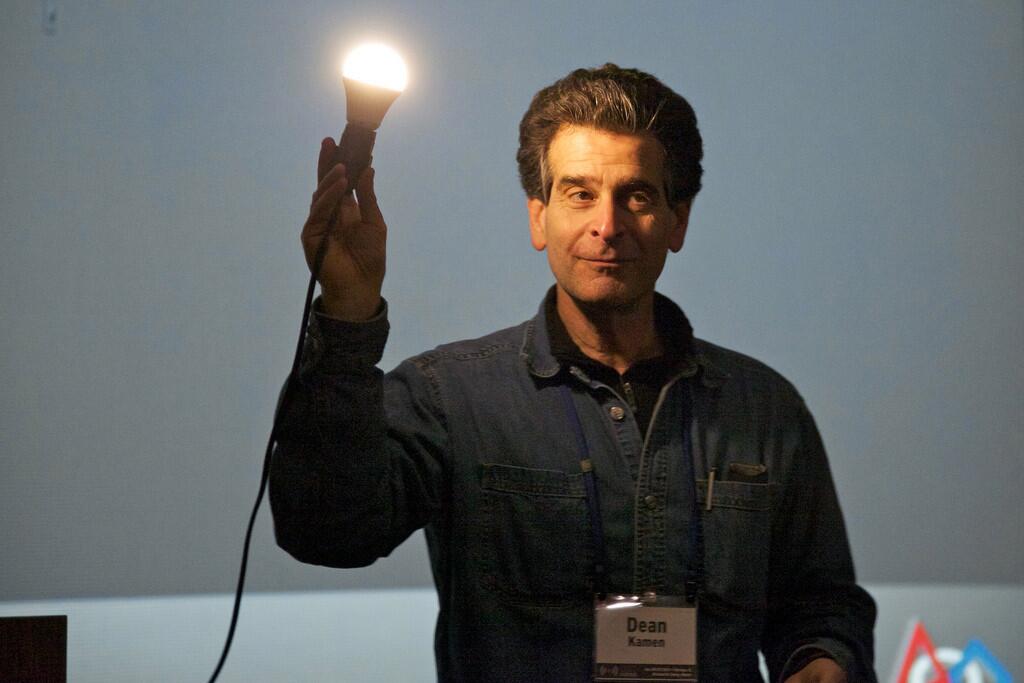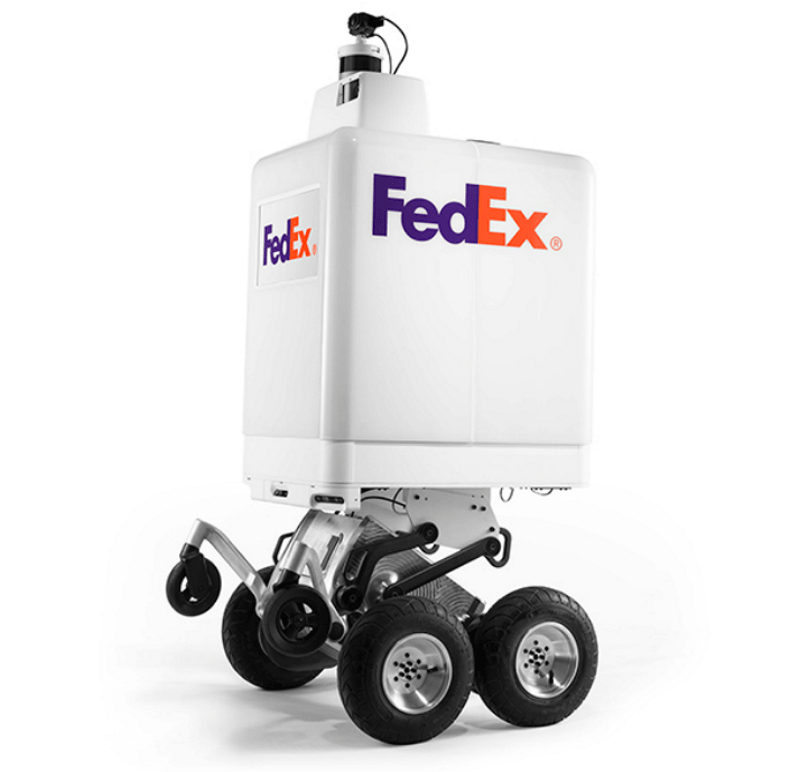Wheelchair to be Repurposed as Autonomous Delivery Bot
Article By : Rick Merritt

The engineer behind the Segway and First Robotics Competition discusses his team's current work for FedEx on a delivery robot using neural networks.
SAN JOSE, Calif. — Like much of the tech industry, Dean Kamen and his team are getting pulled into the matrix of AI.
“I’ve spent 35 years building medical equipment, insulin pumps, and critical life-support systems … [using] well-understood algorithms with closed loop control,” said Kamen in an interview. “We have not used neural nets or AI for any products in the field, but all of that changed when I said we would build autonomous delivery robots.”
It happened about two years ago, when FedEx chairman Fred Smith was visiting Kamen’s office, sitting in one of Kamen’s stair-climbing wheelchairs called the iBot. As a former Marine who served in Vietnam, Smith spent a few years “watching people get blown up, and it had a huge impact on him,” Kamen said.
The two agreed that they could replace the iBot’s human seat with a cargo container and drive both products forward.
“We’d get the benefit of starting a delivery robot project with a base that has 10 million hours of operations as a Class III medical device that’s rugged and reliable — and if we could build it at scale, that would drive lower costs for vets,” Kamen said.
Today, a 50-person team at Kamen’s Deka Research and Development Corp. is hiring and scrambling to learn everything it can about the fast-moving field of deep learning, mainly for image processing.
“It’s a whole new field opening up rapidly, so documentation tends to lag and there’s a continuous learning curve,” said Dirk van der Merwe, a 17-year veteran at Deka who leads the team. “Like with any new processor architecture, initially, there are incorrect documents or features not fully documented, especially if you are pushing the technology.”
“The algorithms force a fair amount of redundancy to drive the failure rate down to acceptable levels, but that complicates the development cycle — we want a single network to train,” he added, declining to discuss details of the project.
Along with much of the industry, Deka is discovering that people with experience in neural networks are expensive and hard to find. “I’ve looked at two-thousand resumes in the last eight months to grow my team,” said van der Merwe.

A picture of a prototype delivery robot from a February announcement. (Image: FedEx)
There are a few bright spots. Deka has a unique channel into 80 schools that participate in the First Robotics program that Kamen founded and is now gearing up for national events in Houston and Detroit in April.
On the tech front, “power consumption has gone down by order of magnitude since the day we started the project, and accuracy is going up exponentially,” Kamen said. “We’re getting suites of sensors [including radar, LiDAR, and cameras] connected in better ways, and the rate of improvement is moving terrifyingly fast.”
Prototype systems will be in “limited, controlled trials this summer … We have a proof of concept and our hardware is in very good shape for trials,” he said. “Simultaneously, we’re developing more hardware and software systems.”
The wheelchair version can take a 300-pound human up to 30 miles using custom high-performance motors and six lithium battery cells.
“Cargo payloads are potentially lighter, but powering the advanced sensor suites for autonomy has an appreciable impact and could reduce the range substantially,” said Kamen. ”Every week, we find better ways to reduce power consumption, so it’s safe to say the first trials may go a three-mile radius, making neighborhood deliveries OK.”
Everyone from Amazon to small startups is racing to field autonomous delivery robots. The emerging category of delivery robots could fail to find broad markets for many reasons, but Kamen is optimistic.
“It’s easy to believe that tens of thousands of delivery bots could be fielded quickly,” he said.
If they succeed, costs for the wheelchair versions “could be cut at least in half, maybe two-thirds if you are using the same base,” he said. “We’ve built only small quantities [of the wheelchair version] and we have no volume quotes and no tooling for some parts still designed by hand.”
Between today and delivery of a first system for trails in June, the team is working on three things: “Testing, testing, testing,” quipped Kamen.
Subscribe to Newsletter
Test Qr code text s ss


